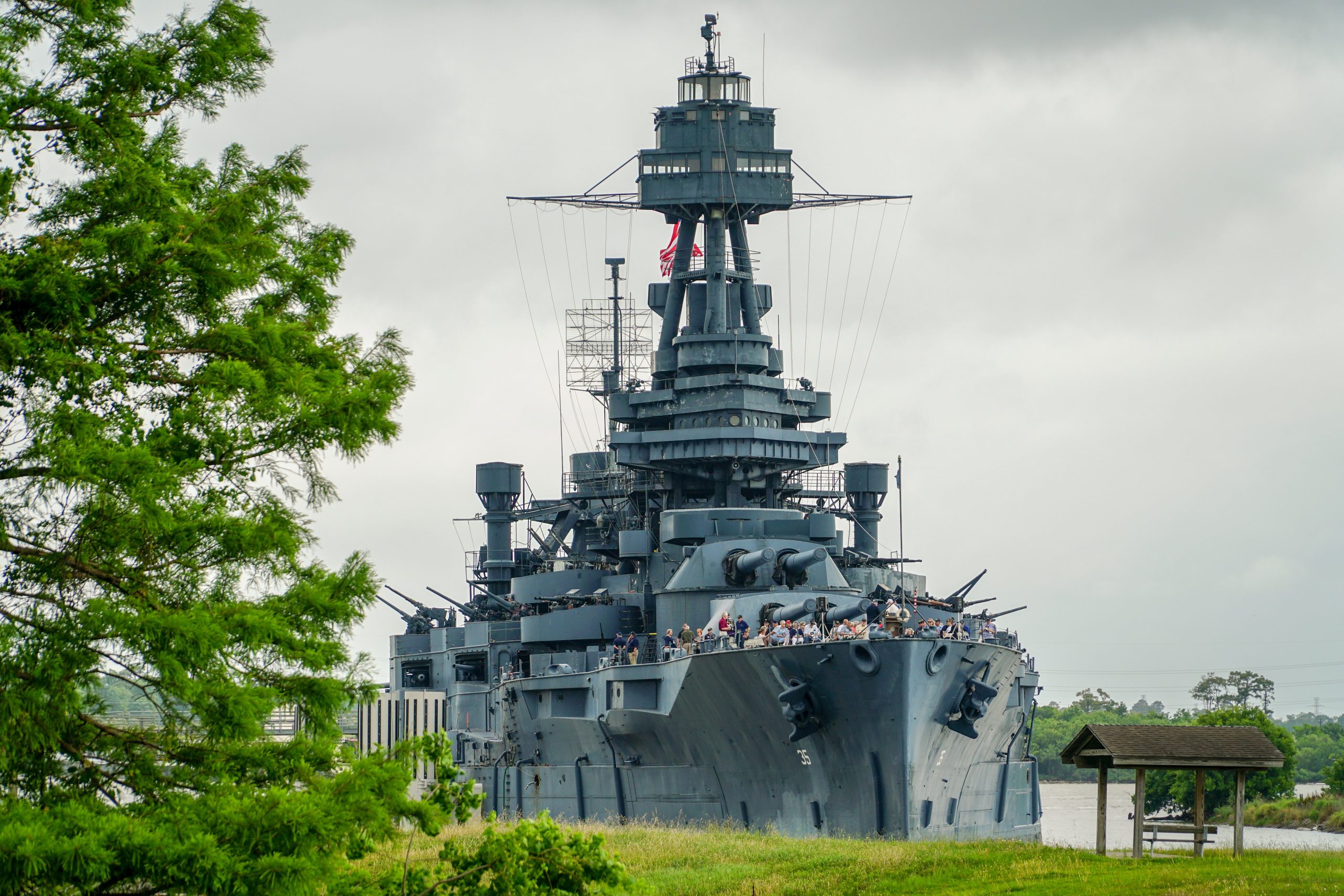The US and Russia have been engaging in naval exercises at an unprecedented rate. Though no direct conflict has taken place, tensions between the two countries—especially in the waters of the Mediterranean Sea—are rising. With both countries increasingly conducting naval exercises in close proximity, it’s important to understand what these exercises mean and what they could lead to in the future. In this post, we’ll take a closer look at the recent naval exercises between the US and Russia and what they could mean for regional security.
What Naval Exercises Took Place With Russia?
The naval exercises that took place with Russia were the first in nearly a decade. The exercises were conducted in the Pacific Ocean and included ships from both countries. The focus of the exercises was on anti-submarine warfare and search and rescue operations. Both countries have been working to improve their relations, and these exercises were seen as a way to build trust and cooperation.
Why Were These Naval Exercises Held?
The recent naval exercises held between Russia and China were designed to send a message to the United States and its allies. By conducting these exercises in international waters, Russia and China are asserting their power and showing that they are not afraid to challenge the United States Navy. The exercises also serve as a reminder that the two countries have a strong military alliance.
What Was The Outcome of The Exercises?
The recent naval exercises with Russia were concluded on a positive note, with both sides agreeing to continue the dialogue and cooperation in order to improve the situation in the Black Sea region. The exercises were conducted in a professional and safe manner, and demonstrated the capability of both navies to operate in close proximity. This was a positive step forward for relations between the two countries, and will hopefully lead to further cooperation in the future.
How Do These Exercises Impact U.S.-Russia Relations?
The recent naval exercises conducted by the United States and Russia were intended to be a show of force and solidarity against a common enemy. However, some experts believe that the true purpose of the exercise was to send a message to Russia that the United States is prepared to defend its interests in the Arctic region.
The United States has been increasingly concerned about Russian activity in the Arctic region, which is believed to contain large reserves of oil and gas. In recent years, Russia has been building up its military presence in the Arctic and has made claims to parts of the region that are also claimed by other countries, such as Canada.
The U.S.-Russia naval exercise was held in international waters off the coast of Alaska and involved ships from both countries’ navies. The exercise included simulated attacks on enemy ships and aircraft, and was intended to demonstrate the capability of both navies to operate together in a hostile environment.
Some experts believe that the real purpose of the exercise was to send a message to Russia that the United States is prepared to defend its interests in the Arctic region. The United States has been increasing its own military presence in the Arctic in recent years, and this exercise may be seen as a show of force against Russian activity in the region.
What Does This Mean For The Future?
The recent naval exercises between Russia and China have been called a “message of force” by some analysts. The two countries conducted joint naval drills in the South China Sea for the first time last week, with Russian warships sailing to Chinese ports for the first time in years.
The move has been interpreted as a signal to the United States, which has been increasing its military presence in the region. It also comes at a time when tensions are high between Beijing and Washington over trade and technology.
Some experts believe that the joint exercises are a sign that Russia and China are growing closer militarily, and could eventually form an alliance against the United States. Others say that it is simply a way for the two countries to show their strength, and that an alliance is unlikely.
What does this mean for the future? It remains to be seen how close Russia and China will become militarily, but the recent exercises are a clear signal that they are growing closer. This could have major implications for the United States, which would be outnumbered if Russia and China formed an alliance against it.
Conclusion
In conclusion, the recent naval exercises between Russia and the United States have highlighted a complicated relationship between two major world powers. Despite their differences, both countries are actively taking steps towards a peaceful resolution in order to maintain stability in the region. As tensions rise and negotiations become more heated, it is important that both sides remember to respect each other’s sovereignty while working towards common goals of peace and security.




